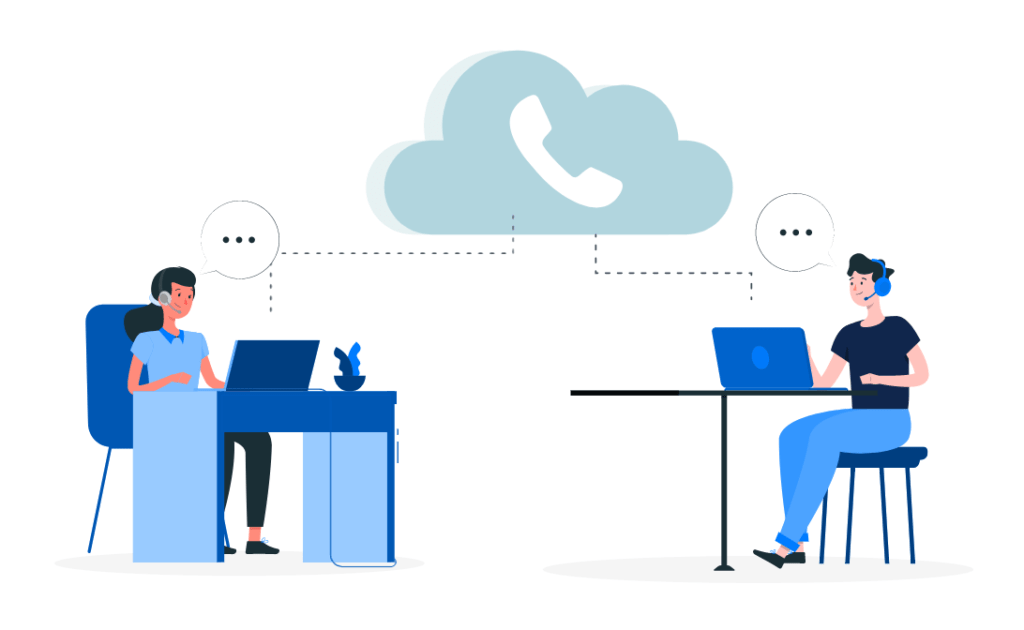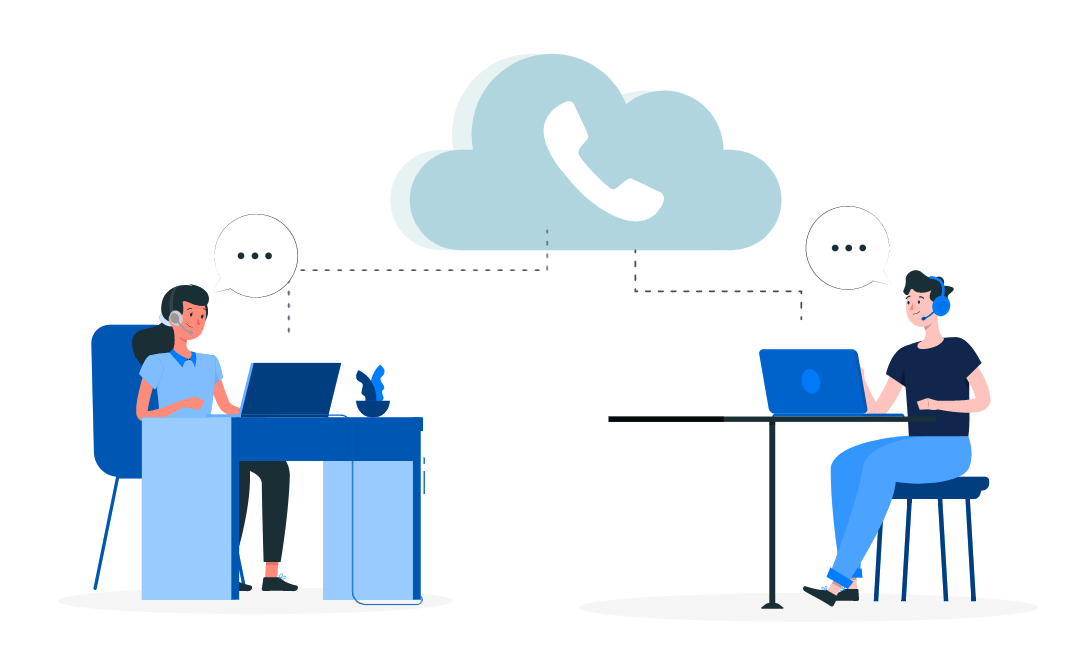ISDN Switch Off
What it means for your businessyouyour phone system

ISDN is set to be switched off by BT in 2025, with no new orders being taken after 2020

What is an ISDN line?
Simply put, an ISDN line is the number one operator and the most popular way to make calls around the world. The Integrated Services Digital Network (ISDN) enables you to place phone calls, video calls, and other services over digital transmission using a traditional public switching telephone network (PSTN). Introduced in 1986, it enabled BT to convert old landline lines to digital, while supporting businesses with an analog phone line alongside digital data services. It enabled better connections and even video communication in ways that were not possible before.
Why is ISDN being switched off?
In the 1980s, 1990s and early 2000s, ISDN was the gold standard for fast digital connections, enabling data transmission and Internet access at 128 Mbit / s; However, the systems that use ISDN are a bit out of date these days. Broadband Internet connections such as DSL, WAN, and cable modems have pushed connection speeds to much higher levels and ISDN systems can no longer keep up. Phone lines have been completely renovated since the 1980s, they are still essentially the same technology and more or less on par with the traditional phone lines that have been around since the 19th century.
BT's decision to invest heavily in Voice over Internet Protocol (VoIP) also supported their decision to phase out ISDN as it makes no strategic or financial sense for them to upgrade their legacy systems. Moving away from ISDN also allows them to focus on more current technologies and create a future-proof service. However, over the time since the announcement, BT has faced several challenges.


What are the alternatives?
The future, or more precisely the now, of telecommunications is called VoIP and SIP (Session Initiation Protocol). VoIP does not use traditional landline connections to establish connections, but only enables voice and video calls on a global level via an active Internet connection. The move will not only make calls much cheaper, it will also make setup a lot easier, as there will be no physical lines to install. By choosing to focus on VoIP, BT is really just following the prevailing trends in UK businesses. of companies have already switched to VoIP systems, and more are doing it every day.
Want resilient voice services?
Use our network to deliver calls and services when and how you want them.
How to future-proof your business
From 2020 BT will no longer accept new ISDN orders and you shouldn't consider buying a new ISDN system anyway. If you are in a position where a new phone system makes sense for your business, now is the place for you. Time to upgrade to VoIP or switch to a hosted PBX system. This is a great option for smaller businesses that want to free up physical space and time for IT staff and reduce their up-front costs.
Of 2 million BT ISDN customers, then there is no need to panic. The clock is ticking, but you have five years to go before it runs out and you have plenty of time to find out exactly what you want to do. You should do your research and make sure the choice you make is the most appropriate for your business. There is no need to rush, and for many companies sticking to their ISDN network for a few more years makes perfect sense. to a VoIP system or a network hosted in the cloud, the process is quite fluid. Many providers may be able to upgrade their existing system to SIP trunks so that you don't even have to buy a new PBX and make sure that your current Internet connection has enough bandwidth to handle the new network.


What questions should you be asking about the ISDN switch off?
Switching from ISDN may sound daunting but it’s easier than you think. Here are a few frequently asked questions which you should be asking ahead of the big switch:
ISDN will be replaced with IP technology. Most businesses have already made the switch from ISDN to IP technology, with VoIP and SIP being the best and preferred options. Both systems are more progressive modern upgrades and simply rely on an internet connection to work. They’re also less expensive, require fewer physical lines and are more scalable and flexible than ISDN.
Lucky for you, you have until 2025 to assess your options and make the switch. Realistically, you can still hold on to and use your existing ISDN for 5 more years and most businesses and corporations probably will, until they absolutely must switch. If your end of contract is approaching, then would be a good time to start considering your options and making the change.
Start by outlining what your business needs and other add-ons that could be beneficial. Now, you can do some online research or call a professional to evaluate prices and benefits of each system.
To move to VoIP for example, you’ll need to check a few things:
First, check that your internet connection is strong enough to deliver VoIP. You’ll need enough bandwidth and a QoS commitment (Quality of Service). In simple terms, these factors will ensure that your new VoIP system will have good audio quality and a strong service and connection.
Second, you’ll need to make sure that your office phone system supports VoIP. Most new phone systems will support VoIP but if yours doesn’t, you’ll need to replace the phone system for one that does. Alternatively, you can move to a cloud-based telephony service. This option is great for remote workers and allows you to manage your phone system via an online control panel hosted in the cloud, rather than an on-premise fixed system.
The ISDN phase out will be delivered in two stages. The first stage starts now in 2020. Customers can no longer order new ISDN connections; however, you can still use your preexisting one. Then you have up to 5 years to switch and get to the second stage. The second and final stage is the complete switch off in 2025, where you can no longer use ISDN – you should have already switched by then!
The cost completely depends on which provider you decide to go with! In the long run, the switch from ISDN will be more cost-effective, both for the industry and for your business.
This really depends on your business and how much time the switch will take due to the size and needs of your company. For example, if you have multiple sites or office floors, the switch may take a while and it might be best to break it up, e.g. floor by floor. It also depends on how close the ISDN switch off is when you decide to switch.
Take into consideration the amount that will need to be switched over. Think number porting, extension lines, current system checks, compatibility and security tests, etc. We recommend doing everything at the same time rather than breaking it up into phases.
Phone Systems
We provide cloud hosted Voice over IP (VoIP) phone systems from 3CX and Wildix.
Leased Lines
We provide Leased Lines, sometimes referred to as Dedicated Internet Access.
Let’s Get in Touch
LET'S TALK ABOUT YOUR PHONE NEEDS
Call, email or drop us a message

